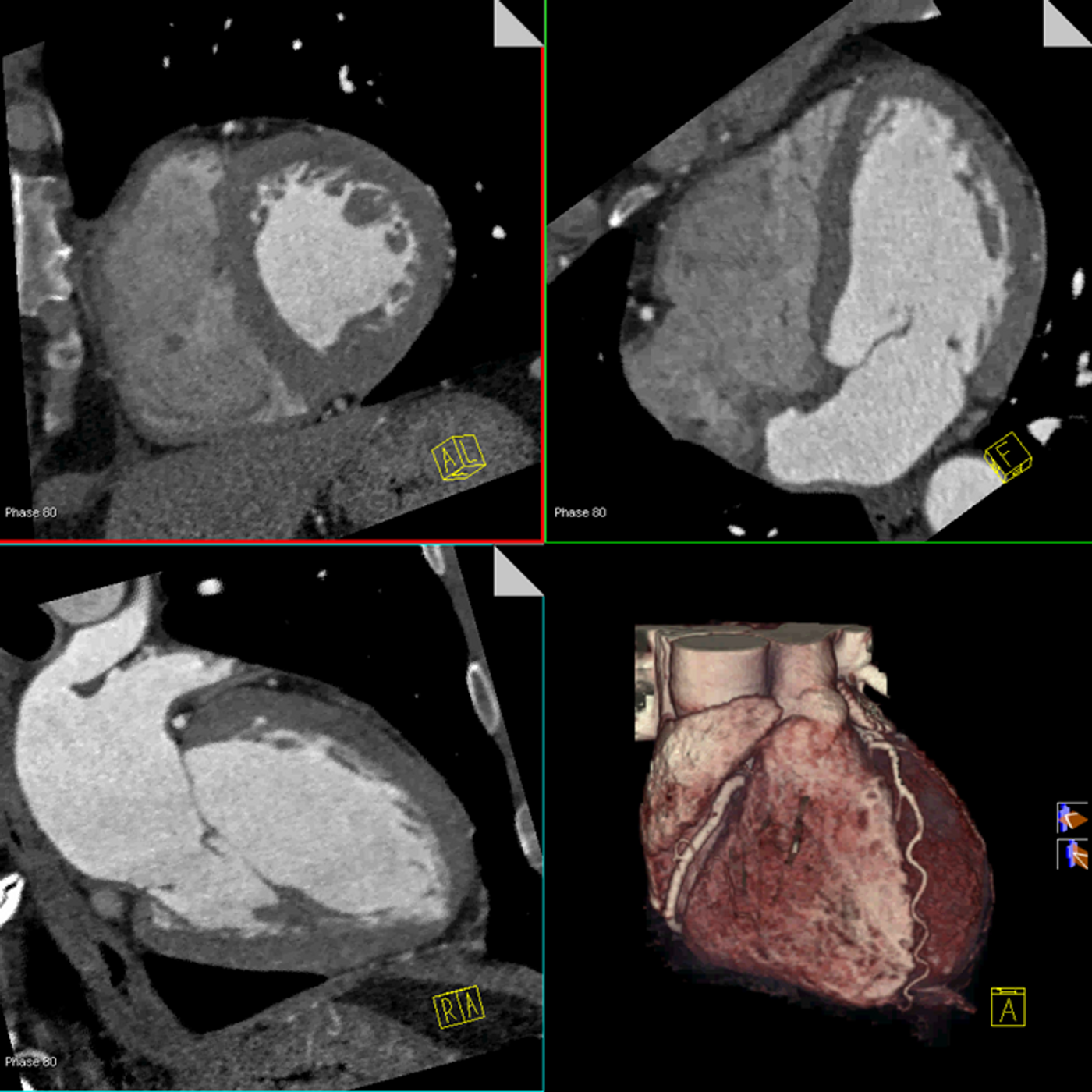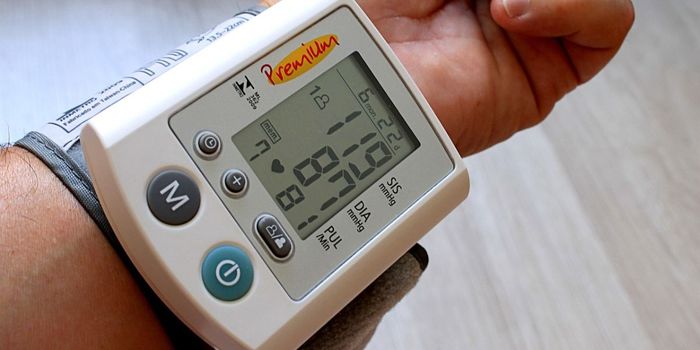Experts Recommend Coronary Artery Disease Screening for Hodgkin's Lymphoma Survivors
Survivors of Hodgkin’s lymphoma are at a greater risk of severe coronary artery disease in the decades following chest irradiation. A new study measuring this risk resulted in the recommendation that these people get screenings on a regular basis.
High dose mediastinal irradiation is a standard part of the treatment plan for Hodgkin's lymphoma patients, but irradiation of the chest can trigger inflammatory conditions in the coronary arteries. Inflammation contributes to plaque buildup, a condition called atherosclerosis, which can then result in coronary artery disease.
Considering the effects of chest irradiation, Dr. Alexander van Rosendael from the Leiden University Medical Centre and a team of experts conducted a study examining the “the extent, severity, and location of coronary artery disease” in Hodgkin's lymphoma survivors who had received chest irradiation in the past.
For the 79 experimental study participants, it had been twenty years since their mediastinal irradiation to treat Hodgkin’s lymphoma. In addition, there were 273 control participants with no history of Hodgkin’s lymphoma or irradiation. Researchers used coronary computed tomography angiography to identify any signs of coronary artery disease in each participant. They also considered other potentially confounding factors: age, gender, diabetes status, blood pressure, cholesterol levels, family history, and smoking status.
The results showed than ten percent of the Hodgkin’s lymphoma survivors had two-vessel disease and 24 percent had three-vessel disease, compared to six and nine percent from the control group, respectively. The cancer survivor group also showed higher levels of overall coronary plaque distribution, extent, and severity than the control group.
“Hodgkin patients who have chest irradiation have much more [coronary artery disease] than people of the same age who did not have irradiation," explained Dr. Alexander van Rosendael from the Leiden University Medical Centre. "The [disease] occurred at a young age - patients were 45 years old on average - and was probably caused by the irradiation. The [computed tomography angiography] was done about 20 years after chest irradiation so there was time for [the disease] to develop."
Why is coronary artery disease in irradiated patients more likely to be proximally located, making the disease more severe? This is a question that future studies will have to answer.
"When you see [coronary artery disease] in patients who received chest irradiation, it is high risk [disease]," van Rosendael said. Often, these patients are asymptomatic. "Such patients should be screened at regular intervals after irradiation so that [coronary artery disease] can be spotted early and early treatment can be initiated."
Sources: National Heart, Lung, and Blood Institute, European Society of Cardiology









